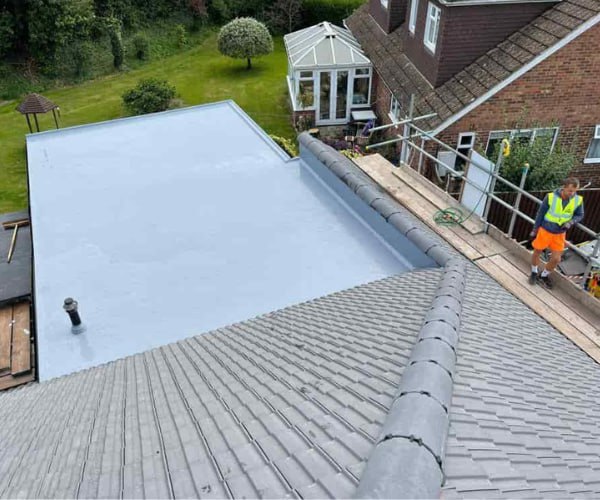DIY Roof Leak Repair Essentials: Tools and Materials You Need
Introduction: A leaking roof can be a homeowner’s nightmare, but you can tackle the situation head-on armed with the right tools and materials. In this guide, presented by KAM Roofing Askern, we’ll walk you through the essential tools and materials needed for DIY roof leak repair. While some repairs are best left to professionals, minor leaks can often be fixed with the right resources and a little know-how.
Essential Tools for DIY Roof Leak Repair:
- Safety Gear:
- Before anything else, prioritise safety. Equip yourself with gloves, non-slip shoes, and a sturdy ladder to ensure secure footing.
- Flashlight:
- A reliable flashlight will help you inspect dark and confined spaces, such as the attic, to locate leaks.
- Caulking Gun:
- A caulking gun is essential for applying sealants to gaps, joints, and cracks in your roof’s structure.
- Roofing Hammer:
- A roofing hammer with a claw end is perfect for removing damaged shingles or prying up nails.
- Pry Bar:
- Use a pry bar to carefully lift and remove shingles without causing additional damage.
- Putty Knife:
- A putty knife aids in removing old sealants and applying new ones precisely.
- Roofing Nails and Shingles:
- Keep a supply of spare shingles and roofing nails to replace damaged ones.
- Utility Knife:
- A utility knife is handy for cutting shingles, flashing, and other roofing materials.
- Roofing Adhesive:
- High-quality roofing adhesive ensures strong and long-lasting adhesion between materials.
Essential Materials for DIY Roof Leak Repair:
- Roofing Sealant:
- Choose a roofing sealant compatible with your roofing material to fill gaps and seal joints effectively.
- Flashing Material:
- If your flashing is damaged, have replacement flashing material on hand for repairs.
- Roofing Cement:
- Roofing cement helps secure shingles and seal around flashing areas.
- Waterproof Tape:
- Waterproof tape is a quick and temporary solution to cover small leaks during storms.
- Roofing Felt:
- Roofing felt can provide an additional layer of protection under shingles.
- Tarps:
- Tarps can be used as temporary covers to prevent water from infiltrating damaged areas until repairs can be completed.
Safety Tips:
- Work during dry weather to ensure your safety on the roof.
- Use proper ladder safety techniques and have a helper nearby.
- Always follow manufacturer instructions for tools and materials.
Conclusion: DIY roof leak repair becomes a manageable task with the right tools and materials. While some repairs require professional expertise, minor leaks can often be fixed effectively with these essentials. However, it’s crucial to assess your skill level and the extent of the damage before embarking on repairs. If you’re unsure or dealing with a complex leak, don’t hesitate to contact KAM Roofing Askern for professional advice and expert assistance. Your roof’s health is our priority, and we’re here to help you maintain a secure and watertight home.
Call us on: 01302 496 292
Click here to find out more about KAM Roofing Askern
Click here to complete our contact form and see how we can help with your roofing needs.

